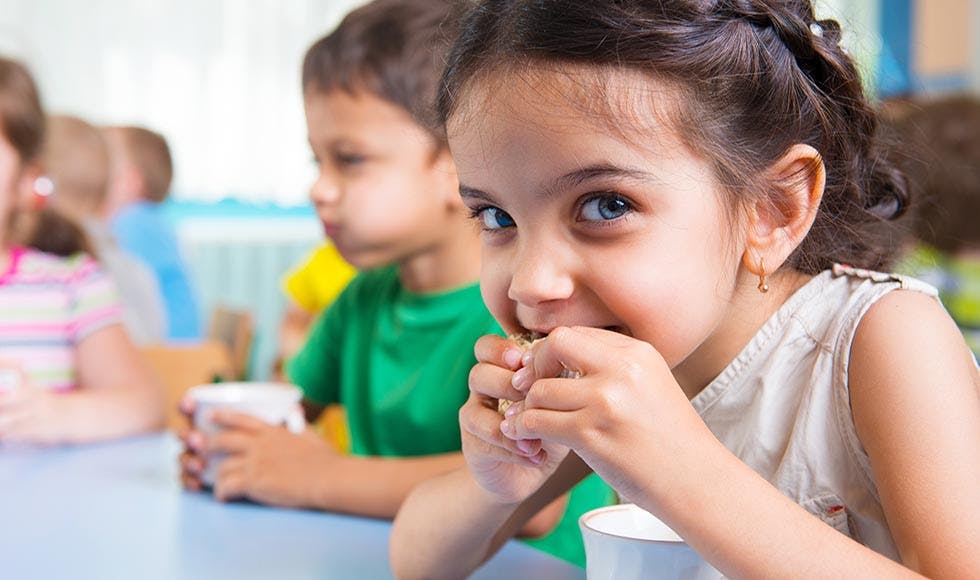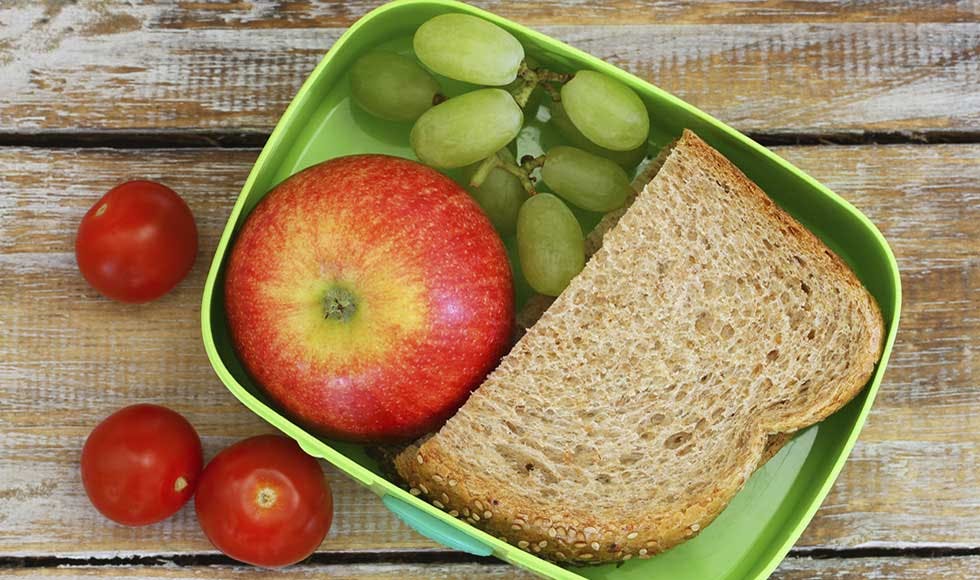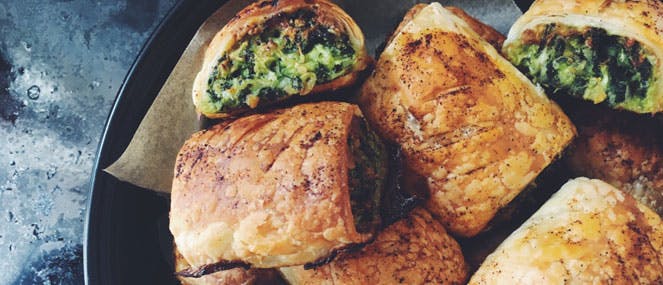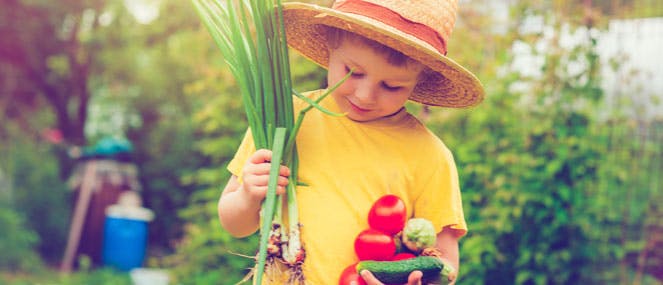
- Health hub/
- Kids Health/
- Nutrition Expert Tips, What & When To Feed Kids


Working out whether your child is getting the nutrition they need, when they need it can be a guessing game for parents. Should breakfast be the biggest meal of the day?
Or is lunch or dinner the main event? Is snacking okay and how do you ensure it doesn’t spoil their appetite? Should you zone in on specific food groups at certain meals?
Here are some tips from the experts.
Timing it right
As a general rule, kids need to eat every two-and-a-half to three hours. “If you leave it longer than that, their emotional state tends to deteriorate and they can lose their appetite,” says Kate Di Prima, accredited practising dietitian and spokesperson for the Dietitians Association of Australia.“The ideal timing for breakfast is around 6.30-7.30am, morning tea might be between 10-11am, lunch is around 12.30-1pm, afternoon tea would be around 3.30-4pm and dinner might be between 6-7pm.” According to Di Prima, it’s best to time dinner for two hours before bedtime, to ensure kids aren’t going to bed on an overly full stomach.
As for snacks, ensuring they aren’t eaten too close to main meals and limiting the options on offer will prevent spoiled appetites.“Ask children ‘Do you want this or this?’ rather than ‘What do you want?’,” suggests Kiera Batten, accredited practising dietitian at The Paediatric Specialists,“This also prevents overwhelming the child with choice, but empowers them to be part of the process.”
Sizing things up
A nourishing breakfast is vital to set kids up for the day, but it doesn’t necessarily have to be more substantial than the other two main meals. It comes down to letting your child’s natural appetite take the lead.“Children generally have a good inherent sense of appetite,” says Batten. “If they tend to favour a large breakfast and a smaller lunch or dinner that’s fine; the next day or month they might prefer a smaller breakfast and a larger lunch and dinner.”
Including nutritious foods
Whether it’s breakfast, lunch or dinner, every meal should include a balance of nutrients to give youngsters sustained energy. “You want some sort of carbohydrate, protein, fruit and vegetable at each meal,” advises Miriam Raleigh, senior paediatric dietitian at Child Nutrition.And it’s okay to think beyond the usual ‘cereal for breakfast, bread for lunch’ mindset. “It’s not about ‘this food group goes here, that food group goes there’,” says Raleigh. “Giving kids dinner leftovers for breakfast is absolutely fine, assuming it’s a balanced meal.”
Similarly, don’t limit vegetables to dinnertime. “That’s not usually enough to make up the full quota of their daily requirements, so use recess, lunch and afternoon snacks as opportunities to get in some vegetables or salad,” advises Batten.Sussing out serve sizes
The number of serves of different food groups that kids need daily differs between genders and age groups – for instance, girls aged four to eight need one-and-a-half serves of dairy foods (or alternatives) a day, but this doubles once they reach nine to 11 years of age.To see what your child needs, check out the government’s Healthy eating for children brochure. “Keep a record of what your child eats for a few days and tick it off against the brochure so you know whether they’re getting everything they need,” suggests Di Prima.
Knowing exactly how and when to feed the kids is an imperfect science so when the chaos of life descends, being able to call on a few simple tips will help make things so much easier.



